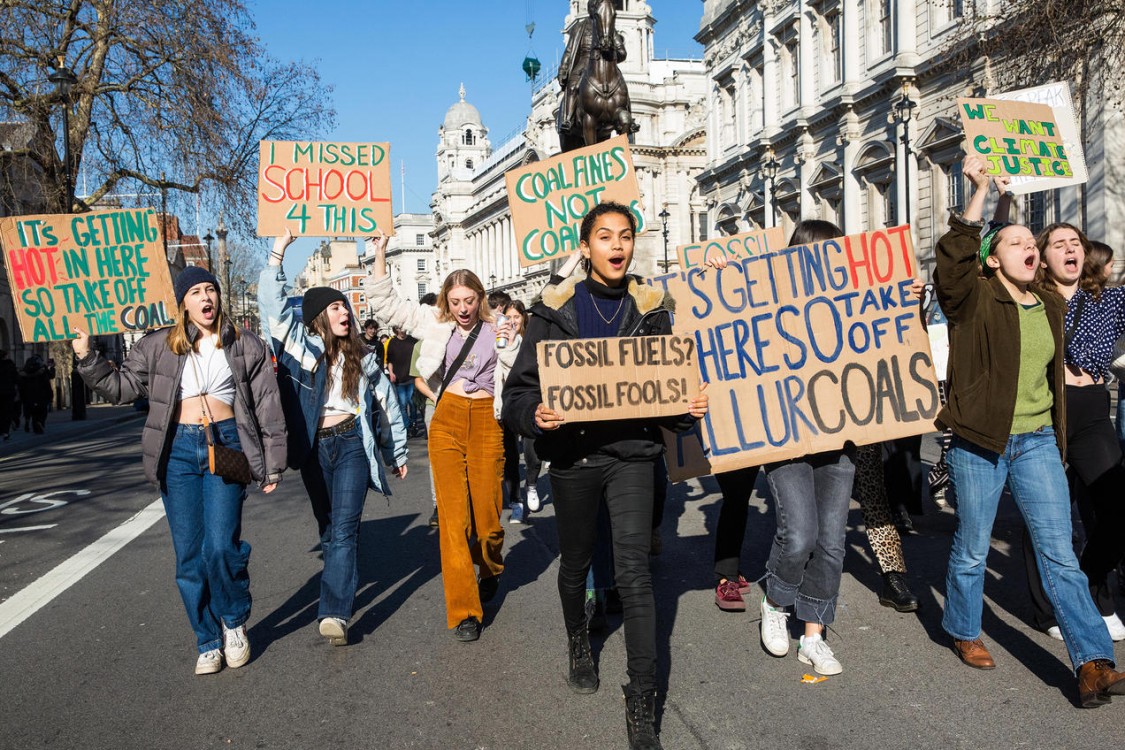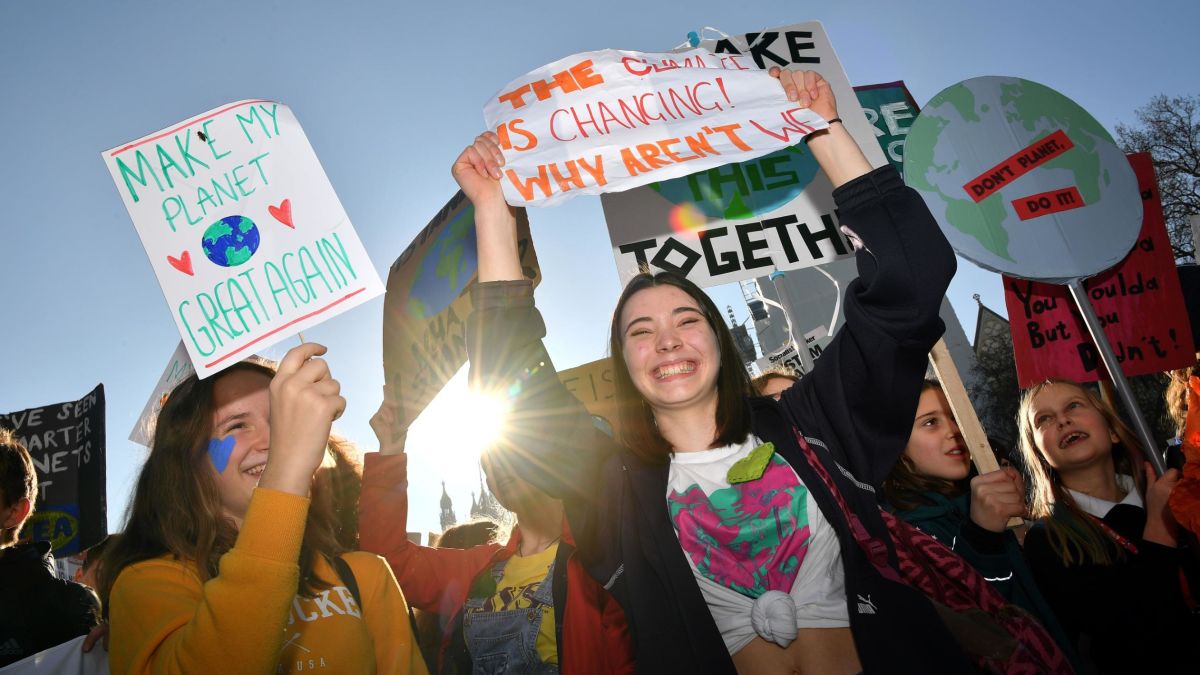A typical 15-year-old spends his or her time socializing with other teens when not forced to do homework, attend school or spend time with family. A typical 15-year-old doesn't engage in acts of civil disobedience.
Greta Thunberg defied the norm when the Swedish youth skipped school in August 2018 to protest inaction on climate change, igniting a movement that has morphed into a global Youth Climate Strike that has its official coming out party this Friday, March 15, when tens of thousands of young people worldwide have vowed to skip school and instead protest against planetary inaction on climate change.
Thunberg is in a way like another extraordinary teenager, Malala Yousafzai, who survived being shot by the Taliban and later made education for girls in Pakistan an issue to rose to the forefront of the global community. Now, Thunberg is doing something similar with climate change.
On March 15, what began as one Swedish teenager's local protest less than two years ago will reach the world stage in a global youth strike as students from dozens of countries will walk out of class to demand adult policymakers take immediate action to reduce carbon emissions and transform the energy economy toward a 100% renewables future.
“March 15. The school strike continues. 957 places in 82 countries and counting... Everyone is needed. Everyone is welcome,” Thunberg tweeted.
Similar to the mass protest one year ago in the wake of the shooting massacre in Parkland, Fla., students are expected to leave classrooms and join other protestors in their call urging government leaders to implement policies that radically confront the effects of climate change. Last month, on Feb. 15, thousands of students across Europe took to the streets to demand swift action on curbing carbon emissions and increasing renewable energy. In London, thousands blocked streets outside of Parliament to demand change.
“It’s time to heed the deeply moving voice of youth and schoolchildren, who are so worried about their future that they need to strike to make us pay attention,” Christiana Figueres, former UN climate chief said.
In the U.S., groups like Climate Strike Los Angeles have organized protests. Protestors will demand local and state officials take more urgent action in addressing climate change. “At first I didn’t think it would affect me,” 16-year-old high school junior and Los Angeles resident Jesus Villalba told Occupy.com.
“But the more I read and became informed, the more I realized this is going to happen in my lifetime and in my kids’ lifetime. I want my kids to know what clean water and food is,” Villalba said.
Last fall, wildfires destroyed thousands of acres in California, resulting in the deaths of more than 50 people. Severe drought due to climate change has exacerbated wildfires, according to the National Climate Assessment.
To combat these and other harmful changes, students are demanding that policymakers improve environmental conditions in marginalized communities, cease new fossil fuel extraction projects, move toward a carbon free environment by 2030, and institute the Green New Deal.
Recently proposed by Rep. Alexandria Ocasio-Cortez and other members of Congress, the Green New Deal calls for America to produce 100 percent renewable, zero-emissions energy by 2030; increase energy efficiency in the nation’s buildings and power grids; and reduce emissions in the transportation and agricultural sectors, among other goals. The deal also addresses economic inequality, calls for “family sustaining” wages, retirement and paid vacation, as well as potentially a free college tuition.
The proposal has become one of the bedrock issues in an ever growing field of Democratic presidential candidates. Senators Kamala Harris, Elizabeth Warren and Bernie Sanders have stated their support for the concept. But no Republicans in Congress back the deal, and even some Democrats – including House Speaker Nancy Pelosi – have expressed reservations.
California passed legislation in September requiring the state to get all of its electricity from carbon-free sources by 2045. New York and Colorado have made similar pledges, but it's in California, the fifth largest economy in the world, where the biggest changes are already happening.
The state has taken numerous steps in recent years to address climate change, like passing a cap and trade law in 2016 that seeks to reduce emissions 40 percent from 1990 levels by 2030. Cap and trade sets a limit on pollutants while allowing businesses to trade unused credits to other businesses.
In addition, California has mandated that all homes built from 2020 onward must include solar panels. Still, none of these types of legislation are as ambitious as the kinds of demands being voiced by youth climate protesters.
When young people take to the streets on Friday, they will be calling on lawmakers in America and around the world to do more to ensure a clean and safe environment for their future – and most importantly, they believe in the power of their voice.
“We are sure it will happen. We’re not sure how long it will take, but we see in history, it is the youth movement that brings change,” Villalba said.













